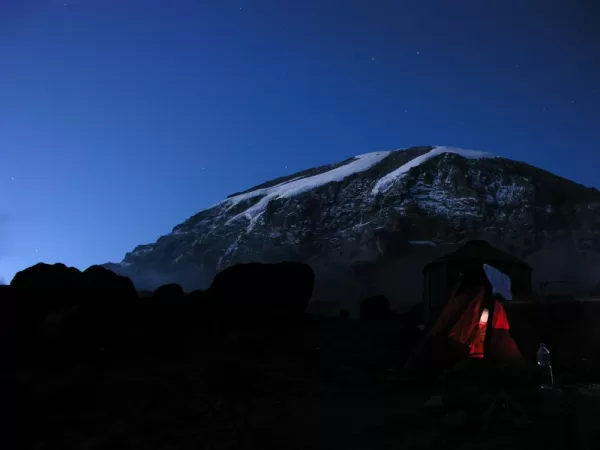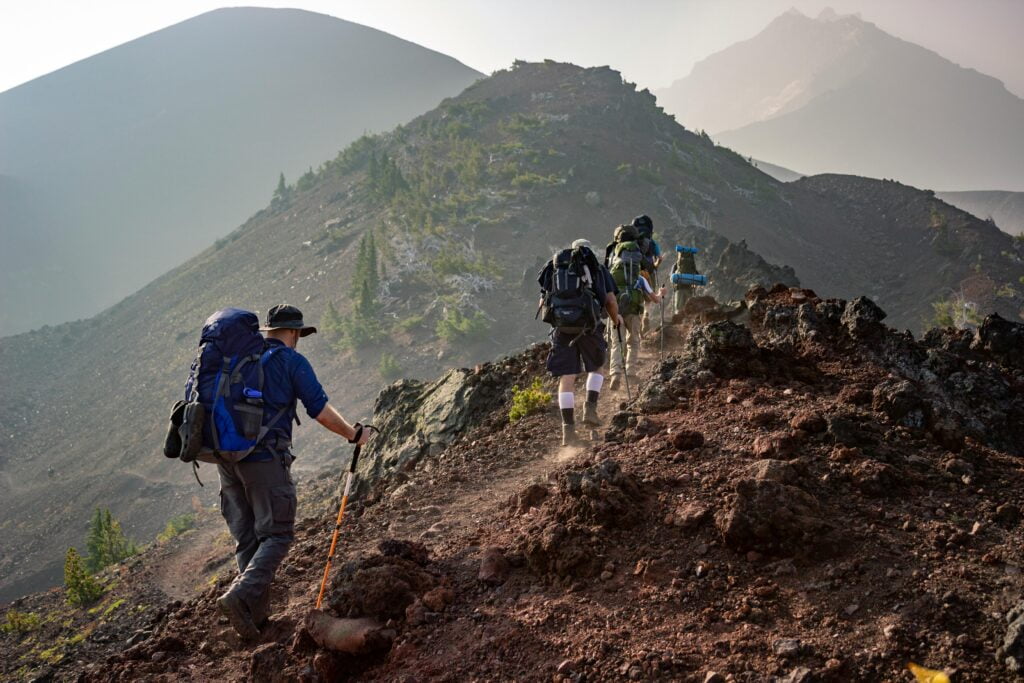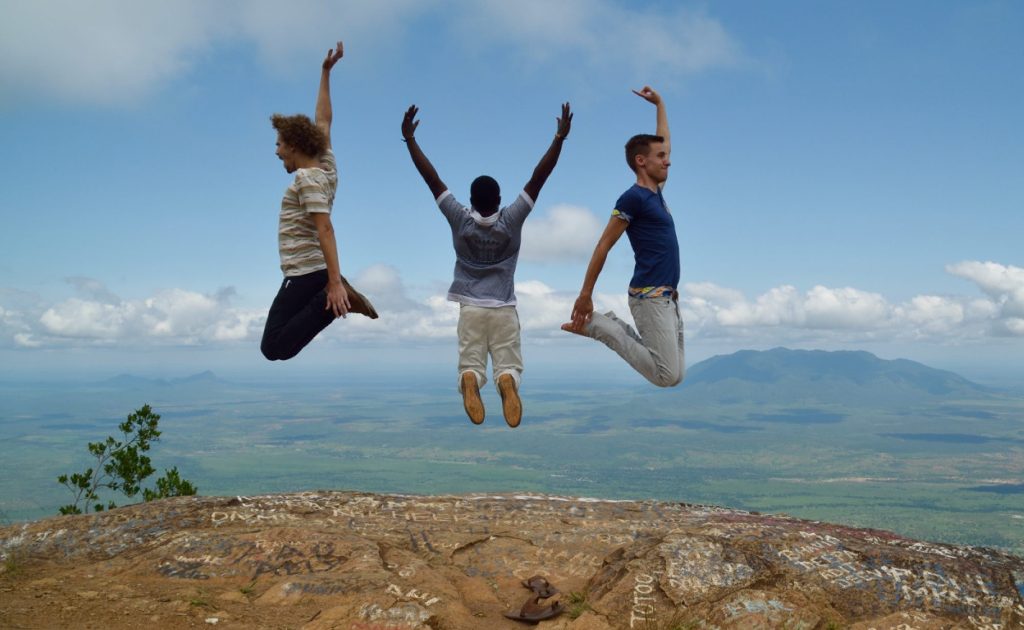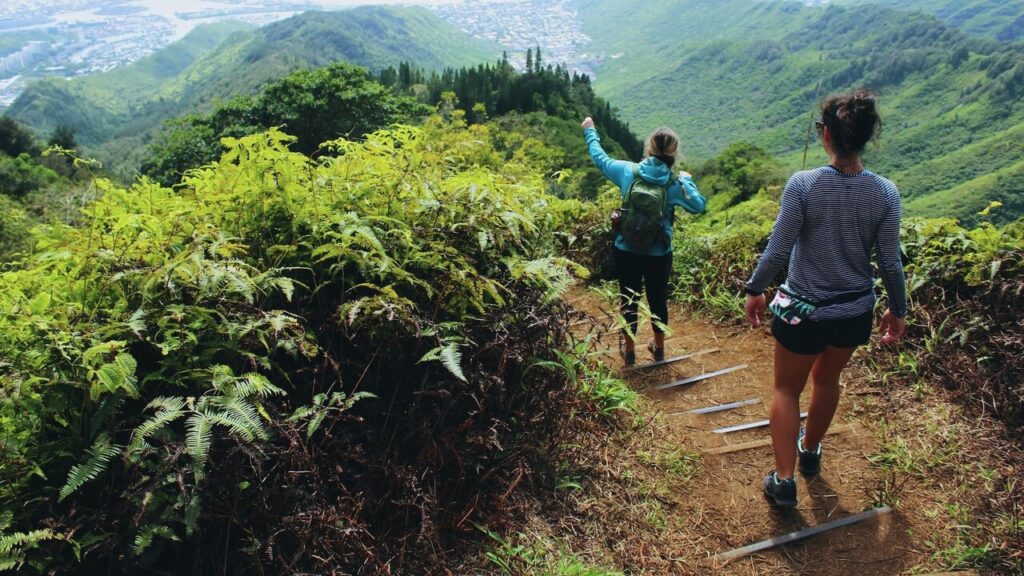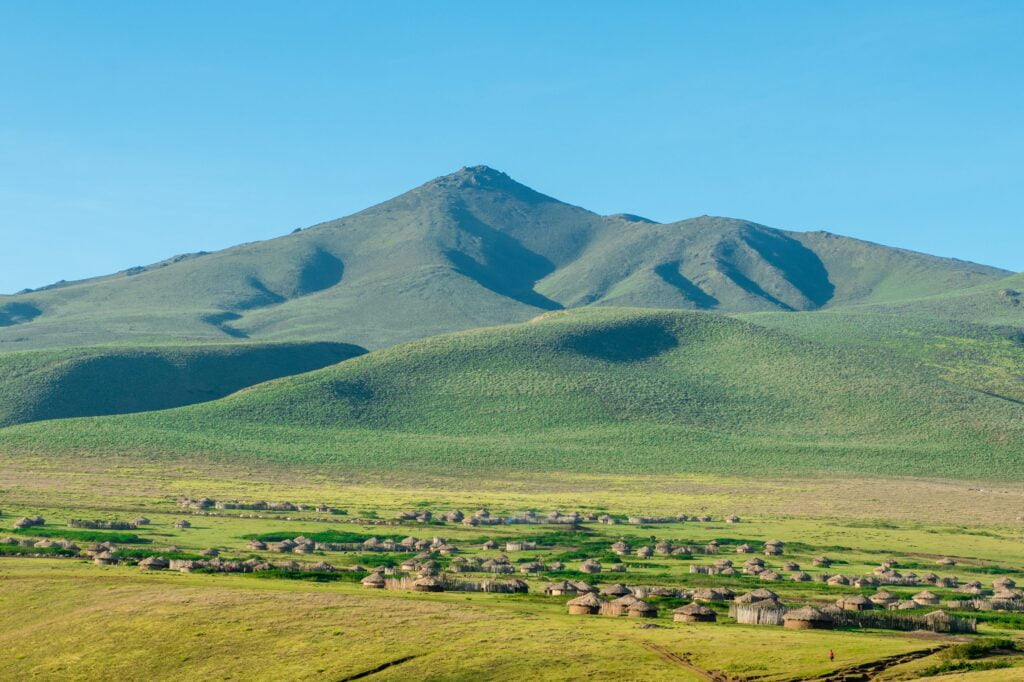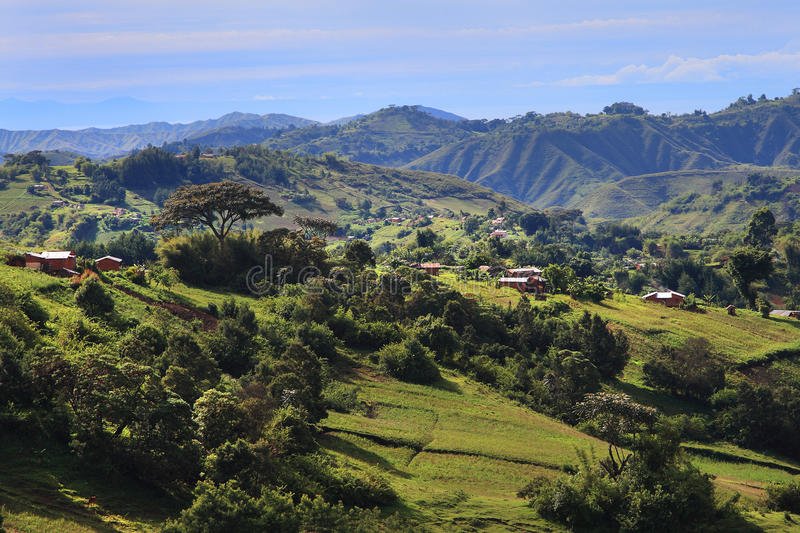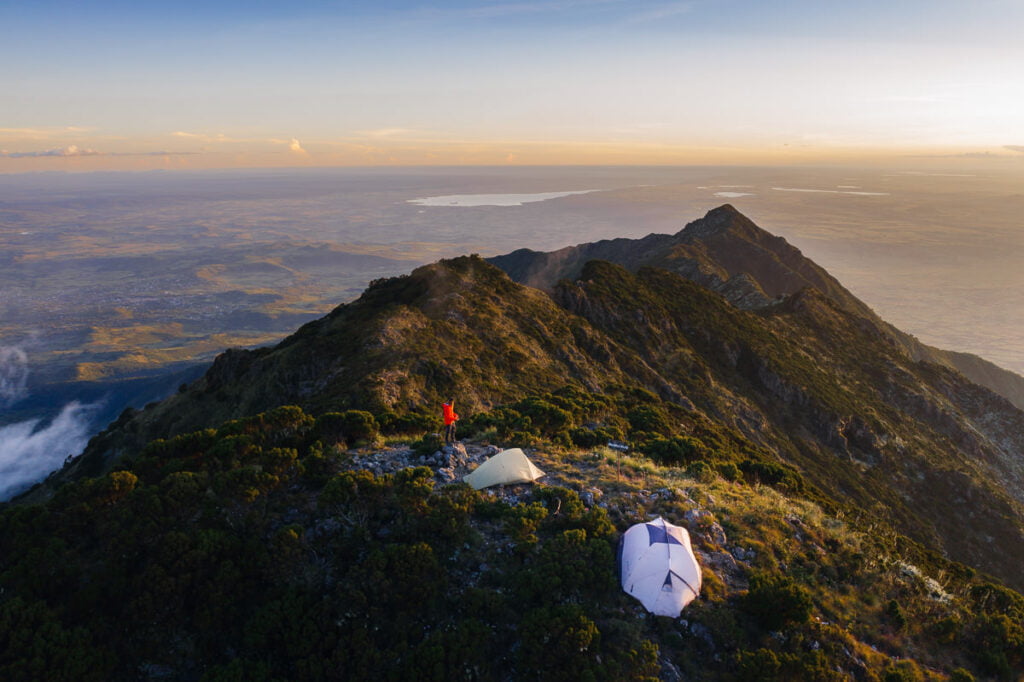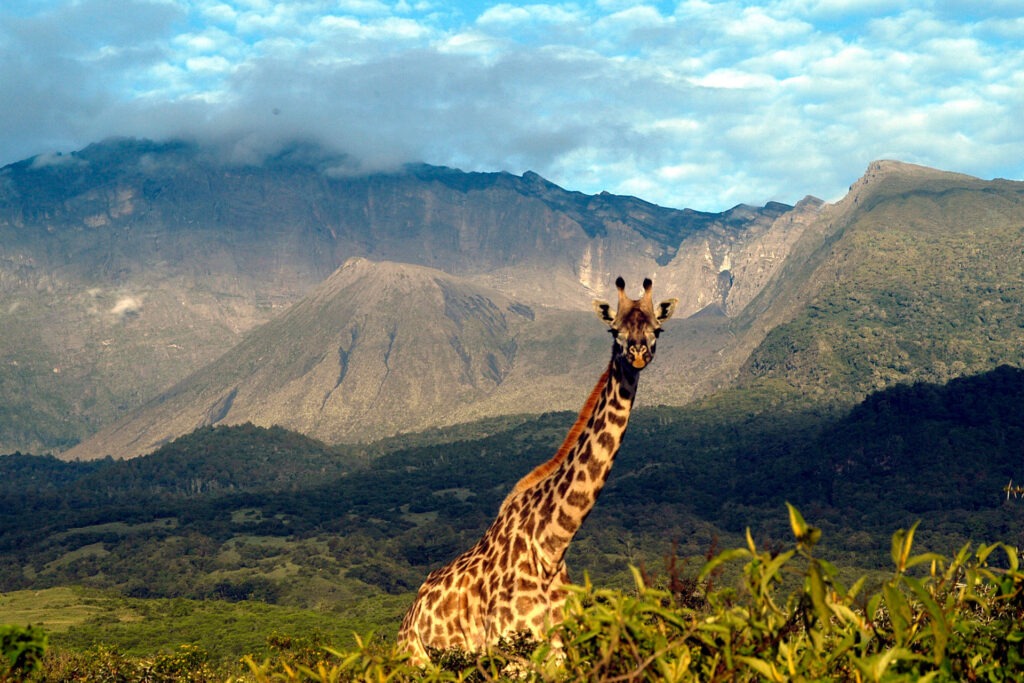Night Trekking: Discover Africa’s Trails After Dark
While daytime trekking offers breathtaking views and abundant wildlife, night trekking unveils a completely different side of Africa’s landscapes. The nocturnal environment brings unique challenges and rewards, from observing nocturnal animals to experiencing serene, starlit vistas. In this blog post, Future African Safari explores the ins and outs of night trekking in Africa, providing tips and insights to help you make the most of your after-dark adventures. Contact Today 1. The Allure of Night Trekking in Africa Unique Wildlife Encounters: Nocturnal Animals: Witness the activities of creatures like owls, hyenas, leopards, and bushbabies that are active after dark. Predator Behavior: Observe hunting strategies and interactions that are not visible during daylight hours. Stunning Celestial Views: Star Gazing: Enjoy clear skies away from city lights, offering breathtaking views of constellations, planets, and the Milky Way. Meteor Showers and Northern Lights: Experience rare celestial events that can be visible during certain seasons and locations. Peaceful and Serene Atmosphere: Calm Landscapes: Experience the tranquility of Africa’s wilderness under the moonlight, away from the daytime hustle. Book Today 2. Preparing for Night Trekking Proper Gear: Headlamps and Flashlights: Essential for navigating trails in the dark. Opt for headlamps with adjustable brightness and long battery life. Reflective Clothing: Increase your visibility to fellow trekkers and wildlife with reflective gear. Warm Clothing: Nights can be significantly cooler, so dress in layers to stay comfortable. Safety Precautions: Stay with the Group: Avoid wandering alone to minimize risks and ensure collective safety. Know the Terrain: Familiarize yourself with the trail and landmarks to prevent getting lost in the dark. Emergency Communication: Carry a fully charged mobile phone or a satellite communicator for emergencies. Health and Comfort: Hydration and Snacks: Bring enough water and energy-rich snacks to sustain you through the trek. First Aid Kit: Ensure your kit is easily accessible and stocked with essentials for minor injuries. 3. Navigating the Trails After Dark Using Light Sources Effectively: Headlamp Usage: Wear your headlamp to keep your hands free and illuminate the path ahead. Spotlights: Use flashlights to light up specific areas when needed, such as during wildlife encounters. Trail Markings and Landmarks: Familiarize Yourself: Recognize key trail markers and natural landmarks to maintain your orientation. Map and Compass: Keep a map and compass handy as backup navigation tools. Pacing and Group Coordination: Slow Pace: Move at a slower pace to accommodate reduced visibility and navigate obstacles safely. Maintain Communication: Use verbal signals or walkie-talkies to stay connected with your group. 4. Wildlife Watching at Night Best Practices for Observing Nocturnal Animals: Stay Quiet: Minimize noise to avoid startling animals and disrupting their natural behaviors. Use Red Light: If possible, use red filters on your lights as they are less likely to disturb wildlife. Understanding Animal Behavior: Predators and Prey: Learn how nocturnal predators hunt and how prey animals evade them to better predict animal movements. Avoiding Disturbance: Respect animals’ space and avoid interactions that could lead to stress or danger. Guided Night Safaris: Expert Insights: Experienced guides can help you spot and understand nocturnal wildlife through their knowledge and tracking skills. Safety Assurance: Guides ensure that your night trek remains safe and informative, enhancing your overall experience. 5. Enjoying the Night’s Serenity Stargazing and Astronomy: Identify Constellations: Learn to recognize prominent constellations and celestial bodies. Photography: Capture stunning night sky images with long-exposure techniques. Nighttime Sounds and Sights: Enhanced Acoustics: Listen to the diverse sounds of the wilderness, from insects chirping to distant animal calls. Moonlit Landscapes: Marvel at the changing landscape illuminated by moonlight, revealing different perspectives of familiar terrains. Campfire Gatherings: Storytelling: Share stories and experiences around a campfire, fostering camaraderie within the group. Warmth and Comfort: Enjoy the warmth of the fire while staying cozy in cooler nighttime temperatures. Night trekking in Africa offers a unique and enriching experience, allowing you to connect with the wilderness in ways that daylight trekking cannot. From observing elusive nocturnal wildlife to gazing at the stars in serene landscapes, the after-dark adventures add a magical dimension to your trekking journey. At Future African Safari, we ensure that your night treks are safe, memorable, and filled with awe-inspiring moments. Ready to explore Africa under the stars? Contact us today to incorporate night trekking into your next adventure and discover the hidden wonders of Africa’s nocturnal wilderness! Kilimanjaro 3 tours Safari 9 tours Zanzibar 3 tours
Night Trekking: Discover Africa’s Trails After Dark Read More »

